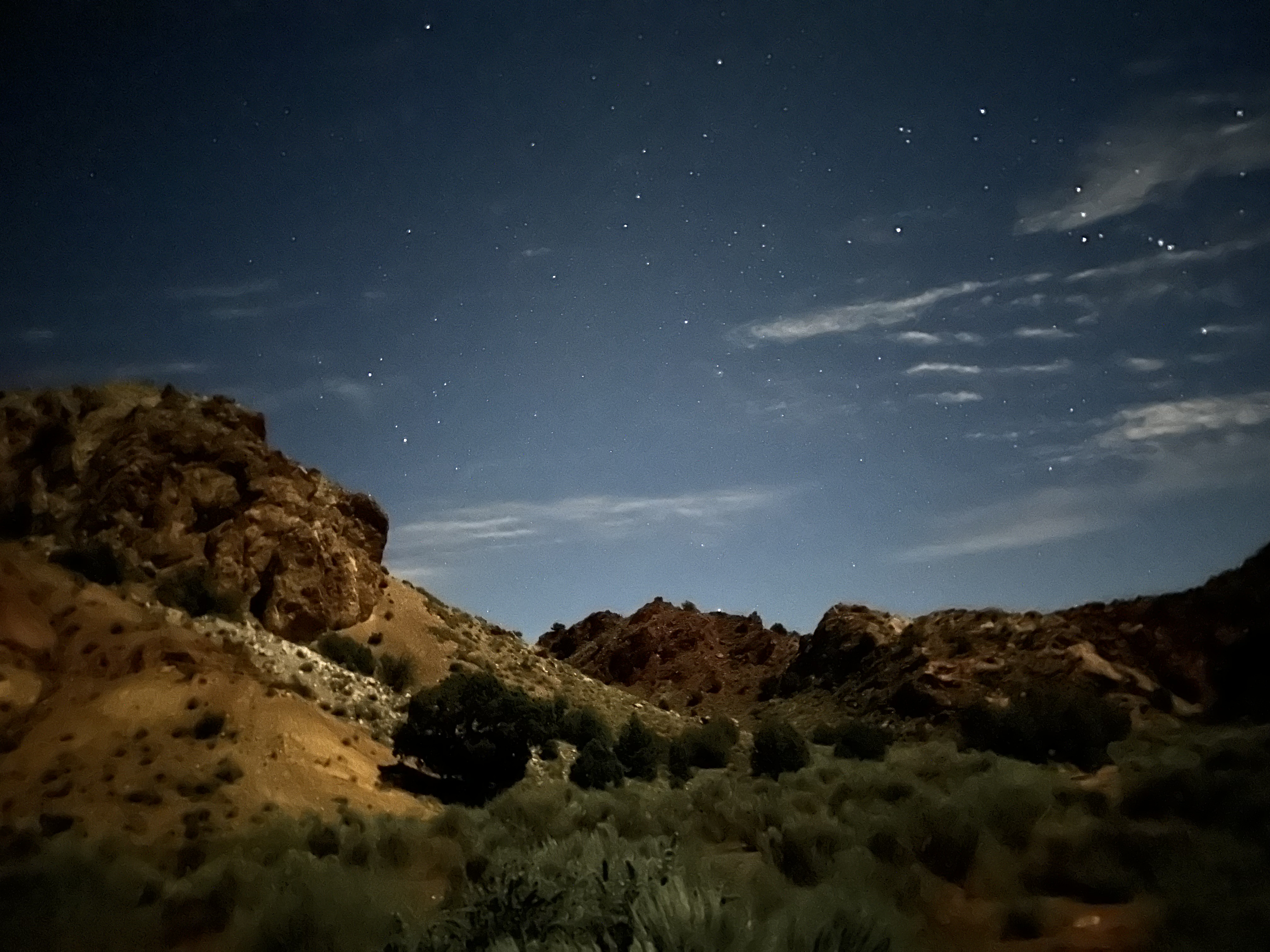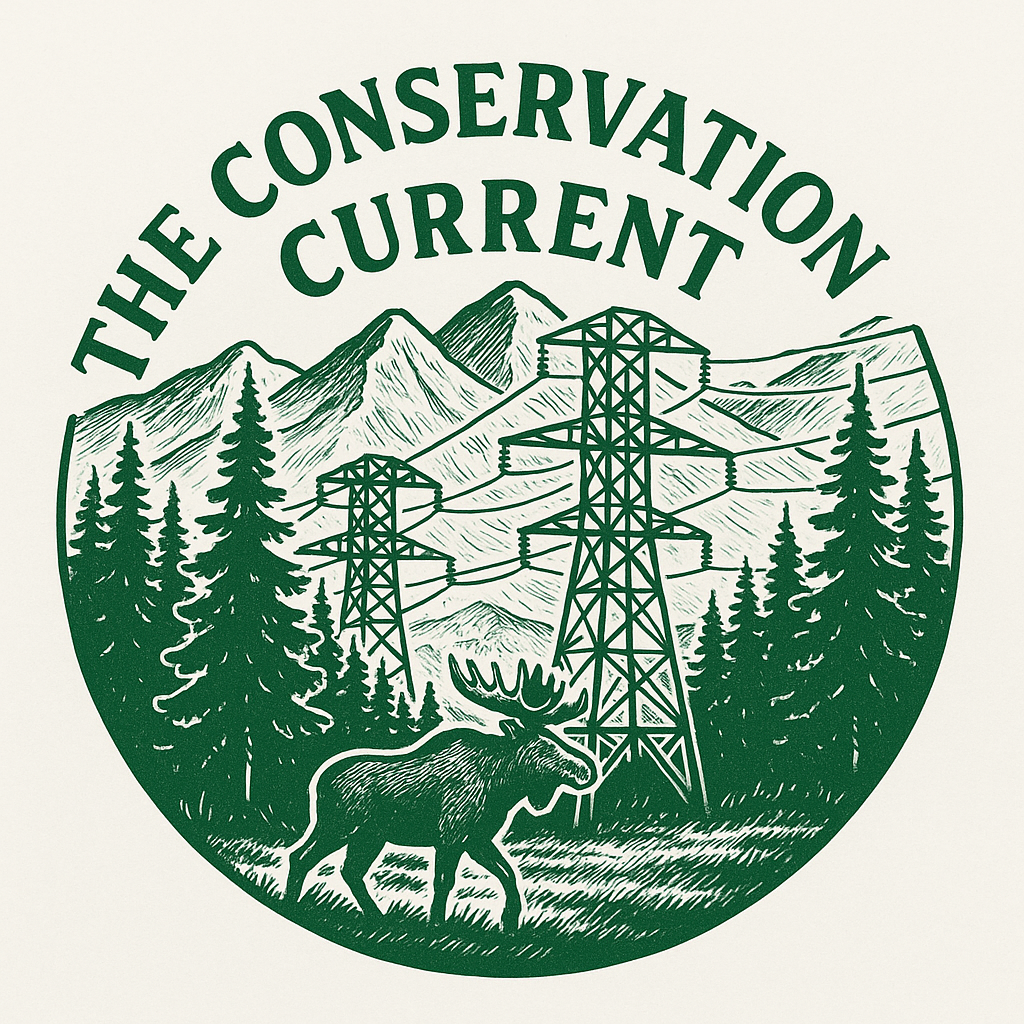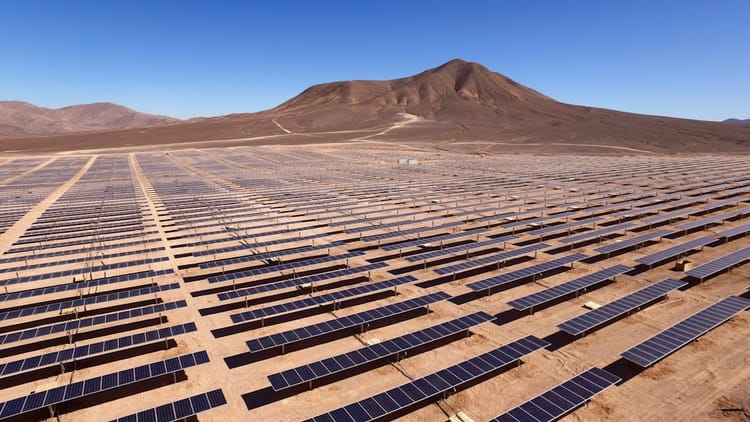The People’s Ground

I’m starting with a caveat, highlighting the custodianship of any entity or person “owning” land. Land was here before you and me. It will be here after us. I hesitate to talk about “the people’s ground” because “owners” are temporary.
In the end, who really owns the ground? It’s always temporary ownership. But we live in a system where the “owner” is the steward. And the steward has the responsibility over the ground for a temporary amount of time, whether years, decades, or centuries.
Who Are Public Lands For?
We start with a simple, radical premise: the jaw-dropping places in America are not private trophies. They are ours. Not metaphorically. Legally. “Public Lands” means land and water held in trust by the United States for the benefit of everyone. Kids with PB&Js in their backpacks, elders with folding chairs, hunters up before the sun, scientists counting butterflies, families who’ve never owned a deed.
That's the point that keeps me coming back: belonging. You can stand at a canyon rim or in a high desert dawn without a password or velvet rope. Just a line in law that says: welcome.
Thanks for reading The Conservation Current! Subscribe for free to receive new posts and support my work.
What are Public Lands?
Public land is land and water owned by all of us, managed in trust by the federal (and state/local) agencies.
The big four (federal):
- NPS - National Park Service: (over 85 million acres of management and 433 park units) preservation and public enjoyment
- BLM - Bureau of Land Management: (~245 million acres of management) “multiple use” (grazing, recreation, habitat, minerals, energy, renewables)
- USFS - U.S. Forest Service: (~193 million acres of management) “multiple use” (timber, recreation, wildlife, water, some energy)
- FWS - Fish and Wildlife Service: (~95 million acres of management) Wildlife first (refuges), and public access varies.
Designations Matter.
- Wilderness = most protective (no roads, no surface development).
- Parks/Monuments/Refuges/Conservation Areas = protection with mission-specific rules.
- National Forests/BLM lands = working landscapes under plans and safeguards.
Why are public lands good?
- They level the field. The billionaire and the broke student get the same sunrise, the same trail, the same right to comment on a plan.
- Nature still works here. Big animals cross counties. Rivers follow their curves.
- They bank resilience. Headwaters, wetlands, old forests, and healthy grasslands are quiet climate tools. Financial resilience, too. Land is expensive and finite. It should always be more valuable in the future.
- They hold stories. Not just the celebratory ones. The hard ones. Co-stewardship is how we tell the truth and manage better simultaneously.
- They build real economies. Outfitters, guides, shops, lodges, trail crews, restoration specialists, scientists, and engineers run transmission lines around a sage grouse nesting area instead of through it.
Energy on Public Lands - The Introductory 101 Course

The Good Tension
Here is the truth. I wish the brochures said more: public lands are not museums. They are working and wild. They’re where you hike and hunt and where someone else grazes cattle under permit, or fells timber under a plan, proposes a wind farm, or serveys a natural gas field. That combination is the promise and the problem.
Done well, the tension is productive. Plans put trailheads where they make sense and leave calving grounds quiet. Foresters thin crowded stands so fire burns like fire again, not like flamethrowers. Restoration crews tear out old roads so water remembers where to go. Scientists have untouched land to study mycelium networks. Tribes co-steward homelands with the agencies that once fenced them out. A kid from a flat zipcode in Indianapolis stands under the northern Arizona night sky she didn’t know existed and decides to return with her kids a decade later.

Poorly done, we get the headlines you already know: orphaned wells and leaking methane, roads carved into migration routes, permits that treat sacred ground like a gravel lot, mitigation that reads like a shrug.
The difference is boring and decisive: how we decide, where we put things, who is at the table, and the rules when people walk away.
The Clash, Up Close
Energy is the sharpest edge of the promise. It’s where values meet steel and soil.
Fossil Fuel Reality
Oil and gas have long come from federal lands, mostly BLM and some national forests. The idea baked into law centuries ago is to lease parcels, collect royalties, and ensure operations plug and restore when wells run dry. When bonding and oversight are real, the ground heals. When they are not, we (public land owners) inherit the mess. (I write more about this reality in an article: Can We Rewild an Old Oil Field?)
Coal, too, still lives in this story. The expensive and dying dirty energy source is getting a new expensive lifeline, as the current administration is attempting resuscitation. By law, it must be reclaimed, land reshaped and replanted, but anyone who has walked a rough reclamation knows there is a difference between green and whole.
Renewables and The New Map
Now add wind and solar. They need space, sun or wind, and most of all transmission lines. The right projects in the wrong places will still be wrong: tortoise habitat, raptor flybys, winter range, cultural landscapes that don’t show up on satellite images. The right projects in the right places can blend the climate curve and offer easier clean up without breaking a migration.
So we are drawing a new kind of map; there is not just wind but room? Not just is there sun, but how do we keep the migration paths undisturbed? Low conflict zones. Already disturbed lands. Corridors that avoid the bottlenecks where pronghorn hesitate and eagles fall.

How the Sausage Gets Made
- Plans draw the big map - what goes where and what stays quiet.
- Review checks the details - science, alternatives, cultural resources, and public comment.
- Conditions make it real - seasonal timing, smaller pads, quieter machines, buffers, and actual mitigation
- Bonds put money on the table in case someone ghosts the cleanup.
- Monitoring says whether we guessed right - and whether we need to change.
None of this is glamorous. All of it is necessary.
The issues you hear about today, selling public lands to private entities, roadless rule rollbacks, deregulating methane, and unbalanced fossil fuel leasing, are nothing new. These debates and grabs at public lands have been there since the start. The awareness to protect is also at an all-time high. I fear that we seem to be shifting away from science and towards the all-mighty dollar - a short-sighted gain in the pocketbook, for long-term damage.
How to Think About the Clash
- Location is everything. Put energy where land can carry it; already disturbed private sites, already disturbed public lands, near existing lines, away from the choke points that wildlife and people need.
- Timing and design matter. Seasonal closures for nesting or calving, smaller footprints, quieter tech, and real reclamation. Not nice to have requirements.
- Conservation is a use. Restoration, habitat connectivity, and cultural protection aren’t side dishes. They’re on the main plate with grazing, recreation, and energy.
If that sounds like a compromise, good. Compromise is not surrender. It's the craft of keeping a promise in a crowded century.
The Story We’re Actually Telling
Public lands began as a ledger. They became a promise. The promise is not that nothing will ever happen there. The promise is that what happens will be chosen in public, with science in the room, with tribes and communities at the table, with a plan for putting things back, and with places that are never on the table.
So here is my test: if the next kid who stands at that rim feels welcome, if the pronghorn still cross the highway on a bridge we built because we paid attention, if the spring runs cold and clear after the crews leave, and if a ranger can point to a map and say, “We moved it here to spare that,” when we are getting closer to what these lands are for.
Not perfect. Workable. And workable is how you save something you love. Not just on the sunny days on the mountainside, but when you are at work with a to-do list, stubbornly thinking of the next time you experience this shared inheritance.
Thank you for reading! I highlight threats to public lands and the energy industry’s impact. I believe clean energy is the future, and ALL energy projects should prioritize private land first to keep wild places wild. When eneregy extraction is needed on public lands all projects must restore the land after extraction. Public lands are unique and once lost, they’re gone forever.
Thanks for reading The Conservation Current! Subscribe for free to receive new posts and support my work.





